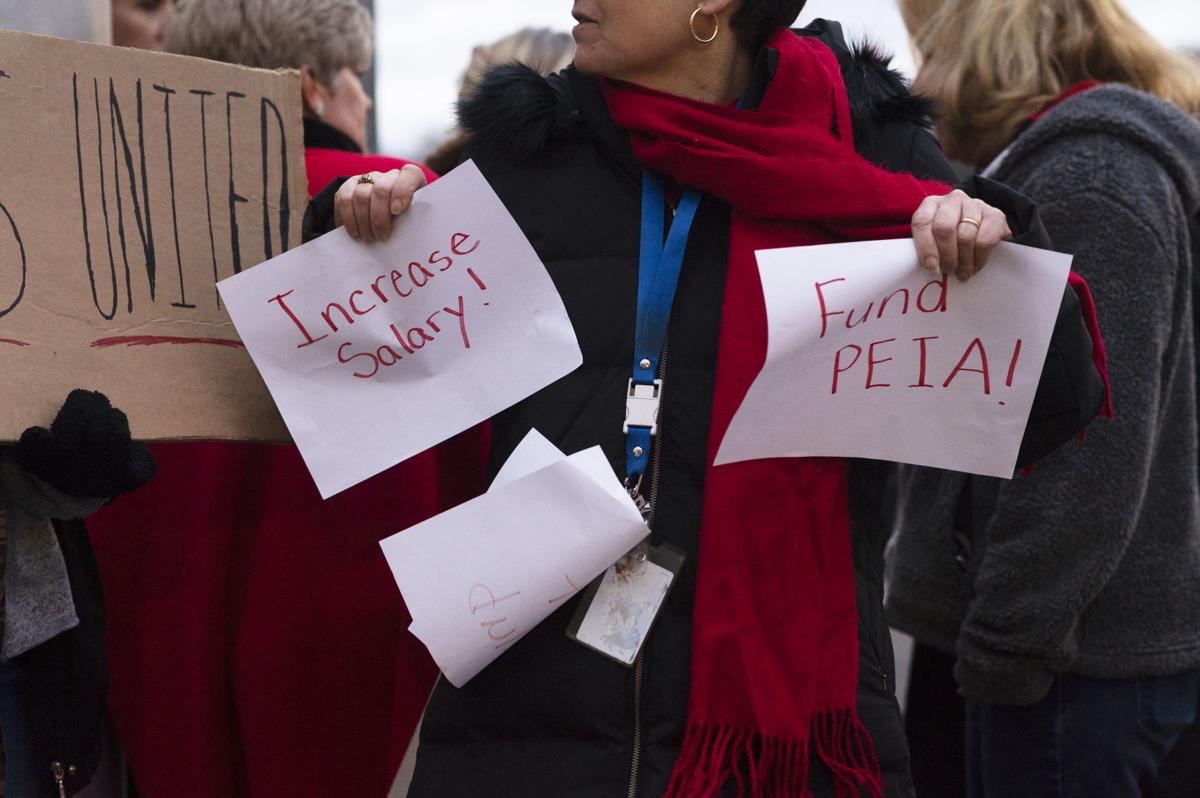New federal policies will make it easier for Americans to use telehealth. Rural communities should be looking for ways to leverage the new demand into better internet connections at home.
Several policy changes from Washington, D.C., should accelerate urban and rural telehealth deployments. On November 1 the Centers for Medicare and Medicaid Services (CMS), the body that manages these two healthcare programs, finalized new rules that include payment reimbursements for telehealth.
These changes are good news for communities that want broadband to help expand access to healthcare. They will also be welcomed who hope that expanded use of telehealth will increase the number of broadband subscribers. Currently, telehealth service isn’t covered by Medicare and Medicaid in many rural homes, and they don’t reimburse telehealth at all in urban areas.
One of the major telehealth benefits is that it enables people to stay at work or home and have electronic doctor “house calls.” Medicaid and Medicare, as a guard against fraud, required patients to get telehealth treatments at a healthcare provider’s facility. Many private-sector insurers take their cues from Medicaid and Medicare as to what healthcare services they reimburse. Altogether, this has stifled telehealth adoption.
Eric Wicklund, editor of mHealth Intelligence, says that “the CMS changes open the door for more telehealth and remote patient monitoring programs. In turn, this pressures community broadband providers to make sure healthcare providers have the resources to deliver these services.” The FCC has publicly pledged to boost broadband access in rural areas, and hopefully the CMS’ actions will intensify the FCC’s commitment.
Shifting the Mental Health Battle to the Home Front
As the CMS policy changes open the doors to increased home use of telehealth, are communities conducting sufficient assessments to determine what kind of demand this will create for broadband service? Particularly important is telehealth targeted to improving mental health treatments. People likely are more comfortable getting treatment at home rather than going to a mental health professional’s office.
“There are 65 million Americans that have diagnosable mental health illness but we have less than half of the psychiatric providers needed to meet that demand,” says Encounter Telehealth President and CEO Jen Amis. “When you look at many of the rural areas, we may have less than 20% of the number of providers needed.”
Encounter’s national network of board-certified psychiatrists works with long-term care facilities in rural and underserved areas to provide behavioral and mental health care. They provide severe mental illness treatments and complicated psychiatric care. Solid telehealth apps built on strong community broadband networks are key to the vender’s success. “Our platform works well over cellular,” says Amis. “However, if an area has bad broadband they probably have bad cell phone reception as well.”
Dr. Edward Kaftarian is chief of telepsychiatry for the California Correctional Health Care System. He believes telepsychiatry requires good video and audio connections with guaranteed security, anywhere between 30 and 100 megabits per second. Dr. Kaftarian says, “Slower speeds may be adequate, but doctors may lack enough bandwidth for simultaneously charting, accessing medical records, or consulting other information sources.”
Besides attracting broadband subscribers, telehealth can attract psychiatrists to a community who are tired of the administrative grind, but want to continue helping patients. Amis of Encounter Telehealth observes, “Telehealth creates a better quality of life for the provider, gives them better flexibility, and they don’t have to ‘punch the clock.’” It might not reverse the declining number of psychiatrists, but it could help slow it down.
Telehealth Tackles the Opioid Crisis
Yes, drug addiction is a mental illness, according to the National Institute on Drug Abuse. “Addiction changes the brain in fundamental ways, disturbing a person’s normal hierarchy of needs and desires, and substituting new priorities connected with procuring and using the drug. The consequences are similar to hallmarks of other mental illnesses.”
The Centers for Disease Control have been tracking drug addiction for many years. They report over 32 million illicit users of prescription opioids and illegal opioids like heroin. From 1999 to 2016, more than 630,000 people died from a drug overdose, with 63,600 of those deaths just in 2016, five times higher than in 1999.
“The opioid epidemic is particularly felt in East Tennessee, and where there is street-use of opioids, there is also an increase in hepatitis C and HIV,” says Matt McAdoo, COO of Choice Health. Their goal this year was to do 25% of treatments through telehealth, with a higher goal for mental-health patients. They use Docity telemedicine neighbor hubs for delivering treatment, but plan to deliver telemedicine directly to patients’ homes in the future.
“Treating opioid use disorders through telemedicine will likely be a driver as the annual cost of the opioid epidemic in the U.S. has soared to half-a-trillion dollars.” says Robert Knight, executive vice president & COO at Harrison Edwards – SASHE Group. In Texas, the cost of opioid addiction and related factors is $21billion. The cost to the state of Michigan is about $20 billion.
Municipalitiess, co-ops, and local internet service providers in every state may want to consider teaming up with telehealth vendors with proven mental health treatment success. Through those partnerships, they could make states an offer. Observes Knight, “Billions of dollars will be spent on addressing opioid addiction. Because telehealth holds such promise for rural areas, communities may be successful advocating for spending some of that funding on community broadband/telehealth hubs similar to the Choice Health Network.”
This article was originally published by Daily Yonder.



